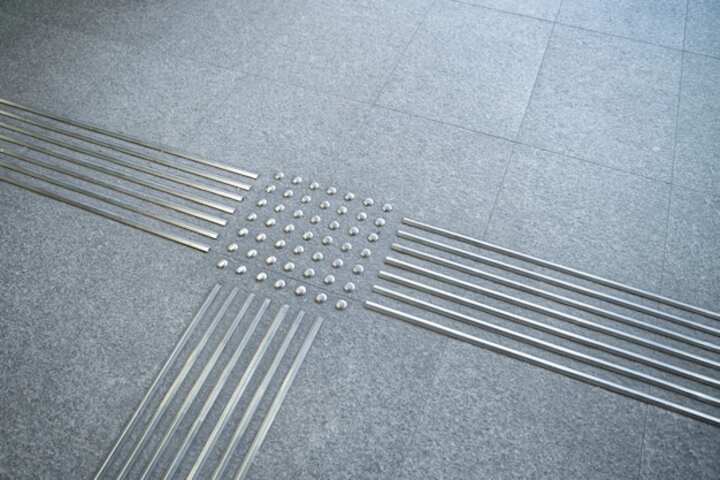
Creating a Handicap Accessible Bathroom with the Best Walk-in Showers
Designing a handicap accessible bathroom requires thoughtful planning and a keen understanding of the needs of those who will be using the space. Walk-in showers are a critical component of a universally accessible bathroom, offering ease of use and safety to individuals with mobility challenges. This article explores the key elements of designing a handicap accessible bathroom with an emphasis on walk-in showers, ensuring a safe, comfortable, and functional environment for all users.
Understanding Accessibility Needs
Before embarking on a bathroom remodel, it's essential to understand the specific accessibility needs of the users. This involves evaluating their mobility limitations, any assistive devices they use, and their personal preferences. It is also beneficial to familiarize oneself with the ADA (Americans with Disabilities Act) guidelines to ensure compliance and maximize usability.
Key Features of Walk-In Showers
Walk-in showers are a popular choice for accessible bathrooms due to their ease of entry and spaciousness. Here are some essential features to consider:
- Low or No Threshold Entry: A shower with no step or a very low threshold minimizes tripping hazards and allows easy access for wheelchairs or walkers.
- Non-Slip Flooring: Safety is paramount, and non-slip tiles or textured flooring can prevent falls. Read more about this topic.
- Grab Bars: Strategically placed grab bars offer support and stability, particularly for those transferring from a wheelchair or needing assistance while standing.
- Handheld Showerheads: Adjustable handheld showerheads provide flexibility and are easier for seated users to handle. Learn more in this detailed guide.
- Bench or Seat: A built-in bench or a fold-down seat can enhance comfort and safety during showering.
- Adjustable Controls: Ensure that shower controls are within easy reach, and opt for models that are easy to operate with minimal strength required.
Designing for Safety and Comfort
Creating a safe and comfortable environment involves more than just selecting the right shower. Consider the following additional design elements:
- Proper Lighting: Adequate, glare-free lighting ensures visibility and reduces the risk of accidents.
- Wide Doorways: Ensure that doorways are wide enough to accommodate wheelchairs or walkers. Explore further insights here.
- Temperature Control: Install a thermostatic valve to prevent sudden temperature changes and scalding.
- Heated Floors: Consider heated flooring for added comfort and to minimize water pooling on the floor. Find additional information here.
Conclusion
Designing a handicap accessible bathroom with a focus on walk-in showers necessitates a balance of functionality, safety, and style. By understanding the specific needs of the users and incorporating the right features, it is possible to create a bathroom that is not only accessible but also comfortable and inviting. Through careful planning and adherence to accessibility guidelines, a universally designed bathroom can greatly enhance the quality of life for individuals with mobility challenges.